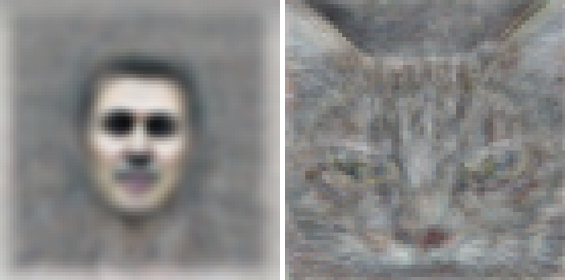
Right now, there is a neural network of 1,000 computers at Google’s X lab that has taught itself to recognize humans and cats on the internet. But the network has also learned to recognize some weirder things, too. What can this machine’s unprecedented new capability teach us about what future artificial intelligences might actually be like
This is, to me, the most interesting part of the research. What are the patterns in human existence that jump out to non-human intelligences? Certainly 10 million videos from YouTube do not comprise the whole of human existence, but it is a pretty good start. They reveal a lot of things about us we might not have realized, like a propensity to orient tools at 30 degrees. Why does this matter, you ask? It doesn’t matter to you, because you’re human. But it matters to XNet.
What else will matter to XNet? Will it really discern a meaningful difference between cats and humans? What about the difference between a tool and a human body? This kind of question is a major concern for University of Oxford philosopher Nick Bostrom, who has written about the need to program AIs so that they don’t display a “lethal indifference” to humanity. In other words, he’s not as worried about a Skynet scenario where the AIs want to crush humans — he’s worried that AIs won’t recognize humans as being any more interesting than, say, a spatula. This becomes a problem if, as MIT roboticist Cynthia Breazeal has speculated, human-equivalent machine minds won’t emerge until we put them into robot bodies. What if XNet exists in a thousand robots, and they all decide for some weird reason that humans should stand completely still at 30 degree angles? That’s some lethal indifference right there.
Ref: How artificial intelligences will see us – io9
Ref: Building High-level Features Using Large Scale Unsupervised Learning – Google Research
